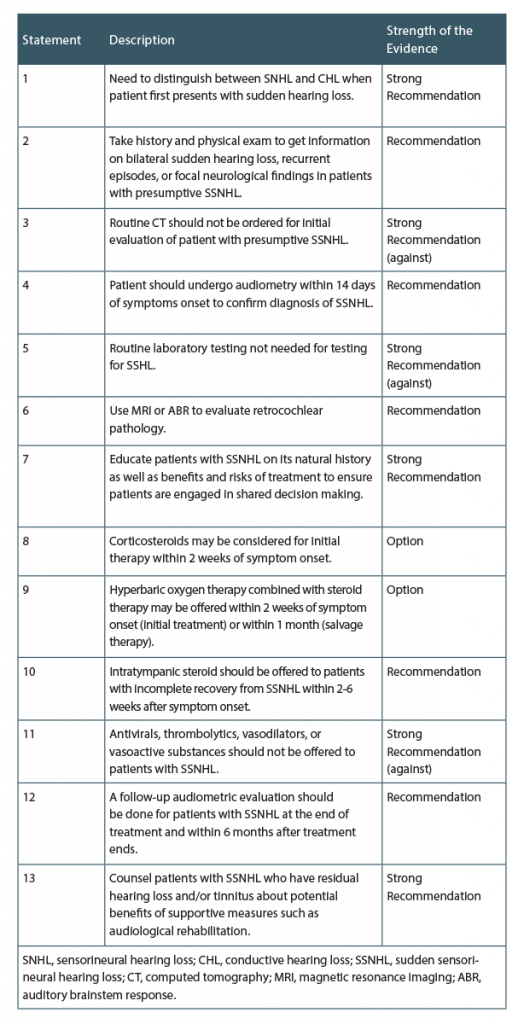Despite the FDA’s approval in 2019 of cochlear implants (CI) for children aged 5 years and older with single-sided deafness (SSD), not all clinicians are aware of the benefits of the procedure for […]



The newest edition of staging guidelines uses depth of invasion to make a real difference in patient care.
Improvement in opioid prescribing and pain management should be an essential component of otolaryngology residency education and attending continuing medical education.



The updated clinical guidelines provide 13 action statements to help clinicians accurately diagnose sudden hearing loss to ensure appropriate management.
A look at evidence-based recommendations for the management of the neck in patients with squamous cell carcinoma (SCC) of the oral cavity and oropharynx.

An expert panel reviewed the main changes to thryoid cancer management from molecular testing to surveillance in select cases, and from nerve monitoring to the choice between total thyroidectomy over hemi-thyroidectomy for certain tumors.

Joint commission guidelines may be overinterpreted in some cases, with no improved value or lessening of harm.

For many otolaryngologists, staying on top of compounding regulatory requirements can feel like an impossible endeavor.